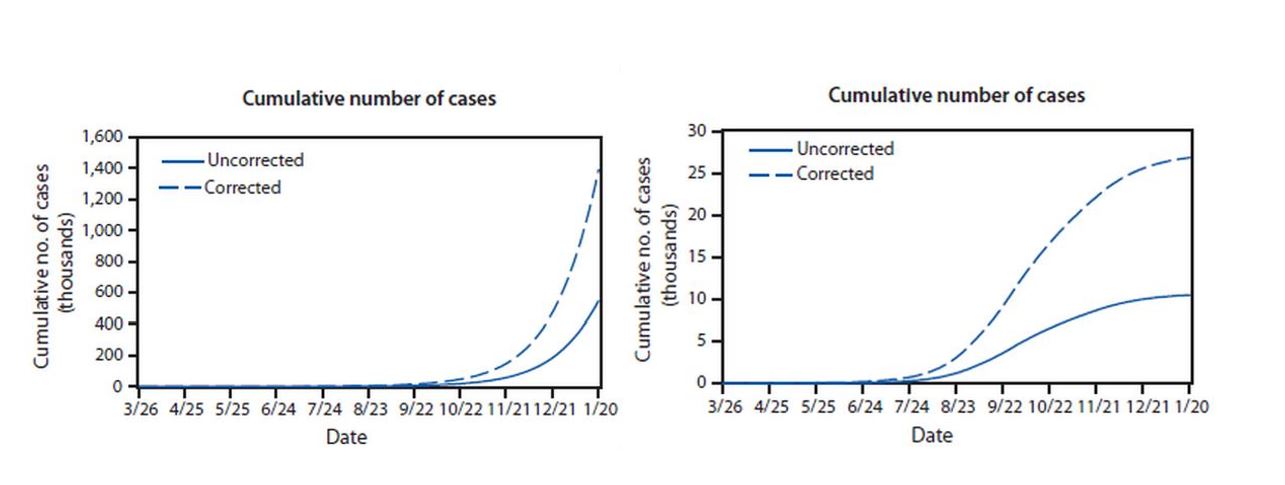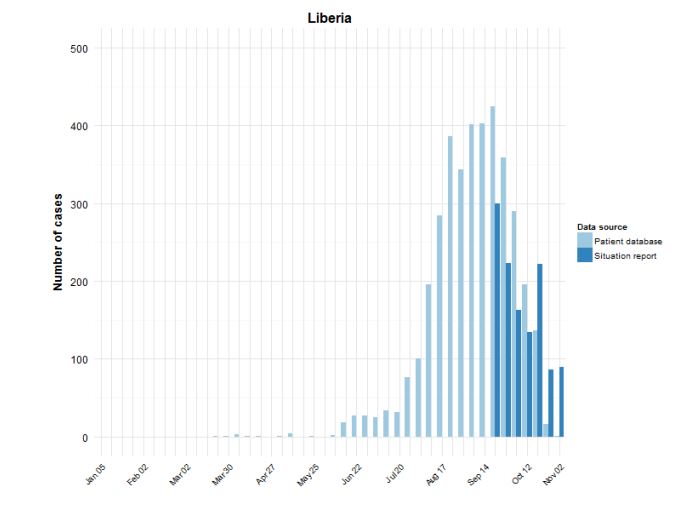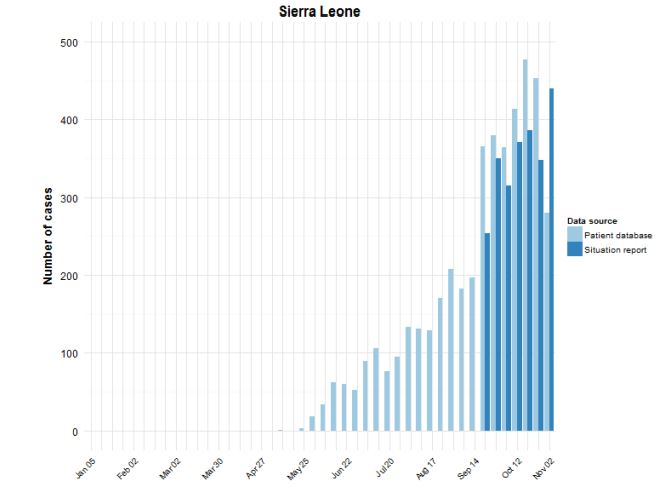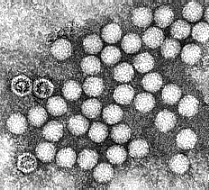Who Will Be Forced to Walk the Plank on November 4th?

Who will Trump force to walk the plank after the election?
(h/t Stacey Harvey for the image, [CC Attribution-NoDerivs 2.0 Generic (CC BY-ND 2.0) ]
It might be to get rid of people who have angered him by not being sufficiently publicly loyal and submissive.
It might be to get rid of people who angered him by not being sufficiently good at making Trump look good before the election.
It might be to get rid of people who angered him by making him look bad, indecisive, or (gasp!) wrong.
It might be to get rid of people who stood up to him in private and made him back down on something, even if that backing down was only done in private.
It might be to get rid of people who stood up to him in public, and he had to simply take it at the time because Trump would have paid a price if he got rid of them when it happened.
Put me down for Trump demanding that the following people be forced to walk the plank:
- Doctors Tony Fauci at NAIAD, Stephen Hahn at FDA, and Robert Redfield at CDC, along with HHS Secretary Alex Azar for not keeping these disloyal doctors in line;
- Bill Barr for failing to deliver any indictments and convictions of any Bidens or Clintons, John Durham for dragging his feet on his reports that would have made that happen, Christopher Wray for being the FBI director and generally annoying, whoever approved letting Andrew Weissmann reveal that Manafort was breaking the gag order in his case by communicating with Sean Hannity, and a host of other US Attorneys who didn’t behave according to Trump’s rules;
- General Mark Milley for publicly apologizing for taking part in the infamous Bible-waving photo op created by driving protesters out of Lafayette Park with chemical agents, various generals and admirals who refused to back Trump’s call to deploy US troops to American cities he didn’t like, and Secretary of Defense Mark Esper for not keeping these military folks in line;
- Dr. Sean Conley, for not being more deceptive with the press around Trump’s COVID-19 status;
- Mark Meadows for undermining Conley’s initial “he’s doing great” press remarks, as well as for more generally not keeping the WH functioning smoothly (as if that were possible, given his boss);
- Mike Pompeo for failing to get Ukraine to do Trump’s bidding, as well as for not keeping folks like Fiona Hill in line.
But I must admit this is an incomplete list. Who else do you think might be on Trump’s Naughty List? Add your own thoughts in the comments.
Note: I also left off the list a bunch of folks like Mitch McConnell, Andrew Cuomo, Savannah Guthrie, and Cy Vance that Trump would demand walk the plank, but who remain outside his ability to make that happen. I also didn’t include Ivanka, Jared, Don Jr, or Eric, as he can’t fire his family. Though of course, he could disinherit them . . . for whatever that’s worth.







